What is important to remember when developing quests, — Mark Brown, an indie developer and editor of the Pocket Gamer resource, told the Game Maker’s Toolkit video cycle. With the author’s permission, we have prepared a text version of the material in Russian. We share.
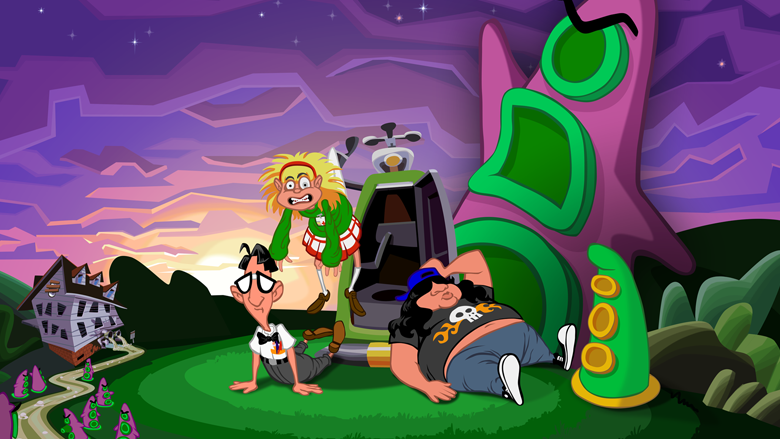
A couple of months ago I played Broken Age. This is an adventure game from the Double Fire studio. It raised 3 million on Kickstarter and increased in size so much during development that it came out in two parts with a difference of almost a year.
I liked the first part of the game. She is funny and charming, and both main characters are sympathetic. These are Vella, who is going to be sacrificed to a monster against her will, and Shay, who wants to be freed from parental overprotection.
But when the second part of the game came out, it turned out that the puzzles in it were very controversial from the point of view of design.
For example, there is a puzzle where a huge hand grabs all the shoes that are within reach. But at the same time, she doesn’t seem to care about Vella’s shoes. Or at some point you need to feed the hungry girls, but for some reason Vella does not want to take a taco pill, which is very close. There’s also a puzzle that you solve by just doing nothing. And a task in which you need to read what kind of inscription is encrypted in a construction of rope knots – and the construction itself is more like a Rorschach test.
There is also a puzzle, because of which I almost quit this game altogether. Vella needs to find and embroider the right pattern on the scarf. But the solution to this problem is outside the spaceship, where the heroine is located, and does not appear in her storyline at all. It’s hidden deep inside Shane’s storyline.
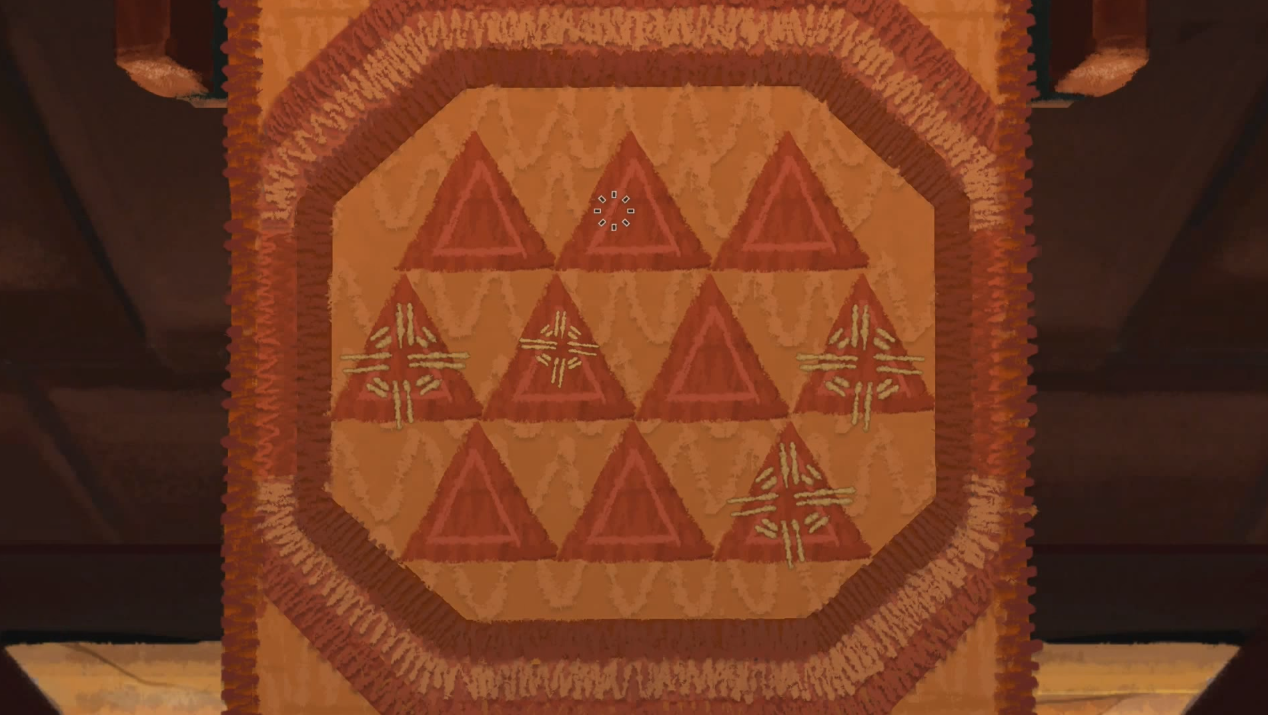
The riddle about the scarf from Broken Age
At the same time, in the first part there were no puzzles at all, which would be solved with the help of information from the history of another character. And no one warned that they would. And the main characters don’t know about each other at all and can’t communicate with each other in any way.
Such a decision is ugly, unjustified, and, frankly, from the point of view of design, it is miserable.
Although it’s OK for a quest, isn’t it?
Such games are filled with pixel-hunting, crazy logical connections and strange riddles. For example, in the infamous puzzle game Gabriel Knight 3, you use duct tape and maple syrup to make whiskers out of cat hair and transform into a character who doesn’t even have a mustache. You have to draw them in a stolen passport with a marker.
Yes, in quests such things are found at every step. Unrealistically stupid things.

Gabriel Knight 3
But I’m sure a couple of black sheep doesn’t define the whole genre yet. Especially if we are talking about a genre in which the coolest games and the funniest jokes were born.
This genre develops in its own rhythm, differently than all other genres. He offers the player mundane puzzles in the spirit of MacGyver (MacGyver, a character in the TV series of the same name. Uses improvised things to get out of extreme situations: creates explosives from garden fertilizers, can defuse a bomb with a paper clip, open handcuffs with scissors, and so on, – approx. editors), and not abstract riddles, as in games like Portal or Antichamber.
Therefore, instead of continuing to swear at stupid quests, of which there are a lot, let’s go through the list of golden rules with which you can make a normal, sane puzzle. Maybe we can even help save the genre from the dominance of trash projects.
The first rule: set clear goals
Before the player starts solving puzzles, he must know what is going on. He should know the short–term and long-term goals, so he will understand what riddles to solve, and will know why to do it.
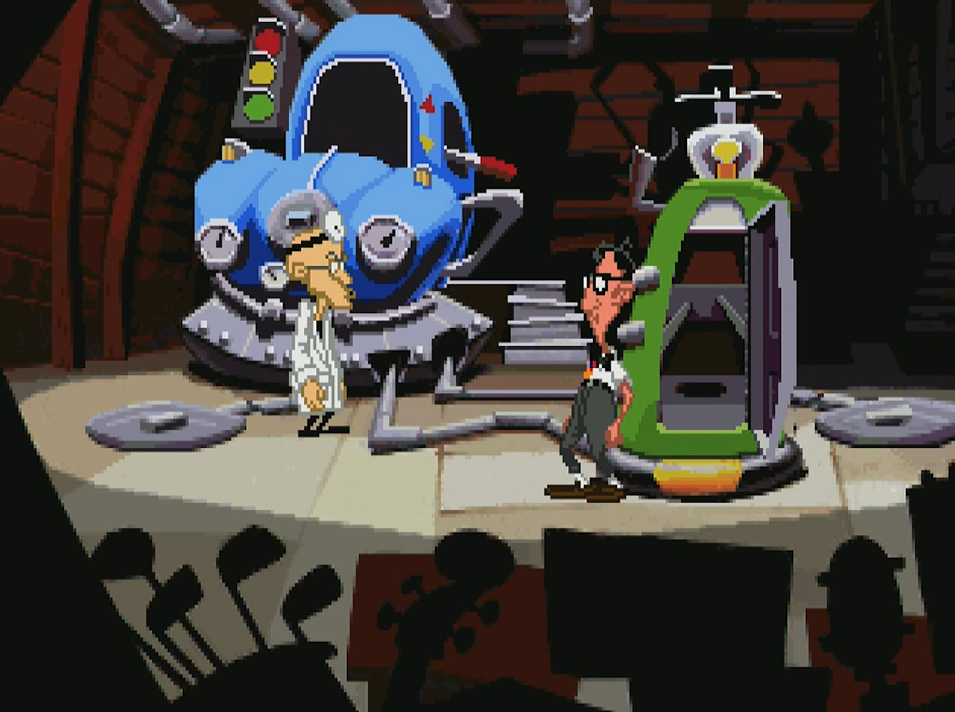
Day of the Tentacle
For example, in the crazy comedy toy Day of the Tentacle, the long–term goal is to bring the hapless time travelers Laverne and Hoagie back to the present. This means that Laverne must get into the basement, for which she needs to get into the antique clock, bypassing the purple tentacle. Here are our short-term goals.
It may seem that we are talking about obvious things. But you’d be surprised how many developers forget about it and don’t tell the player where to go and why to solve puzzles.
LucasArts usually gives the player several goals at once – so if the user does not solve one puzzle, he can move on to another.
The second rule: prompt
Once the player has started solving the puzzle, it is necessary to give him clear hints. Do not think that the meaning of the quest is for the player to guess the game designer’s train of thought. The best representatives of the genre are literally teeming with hints. The player understands what he has to do by looking at objects or talking to characters.
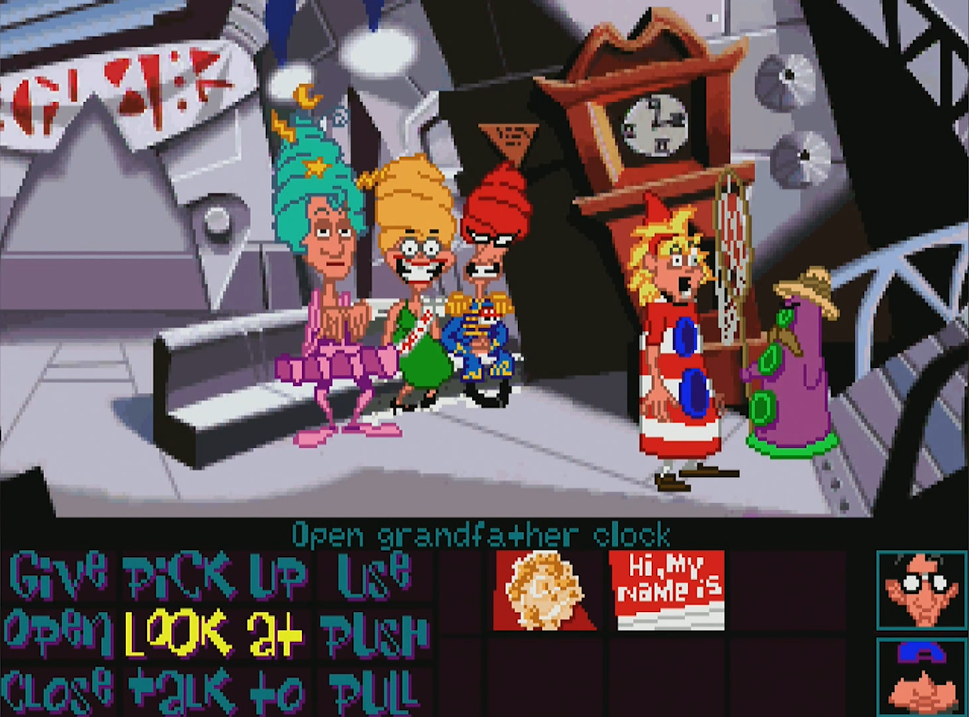
Day of the Tentacle
In the same Day of the Tentacle, if you talk to the purple tentacle, you will get a hint how to get past this tentacle. The same thing will happen if you chat with the guards who guard the human prisoners.
Hints, as it were, are given to those who are watching and listening attentively, many, many small inconspicuous goals.
But if the hint is too subtle, the player, of course, will miss it. And it will be too obvious – the player will feel cheated. But if you do everything right, there will be an epiphany. The moment when everything falls into place, and you begin to understand what needs to be done.
If the player is prompted incorrectly, he will no longer understand what the meaning of the puzzle is. For example, in Grim Fandango there is a moment when the main character Manny looks at the pneumatic mail pipe and says, “It’s locked.” You might think that you need to break the lock or find the key. But in fact – you need to push a playing card into the slot on the pipe.
Believe me, even the most stupid puzzles can be saved with the help of good hints.
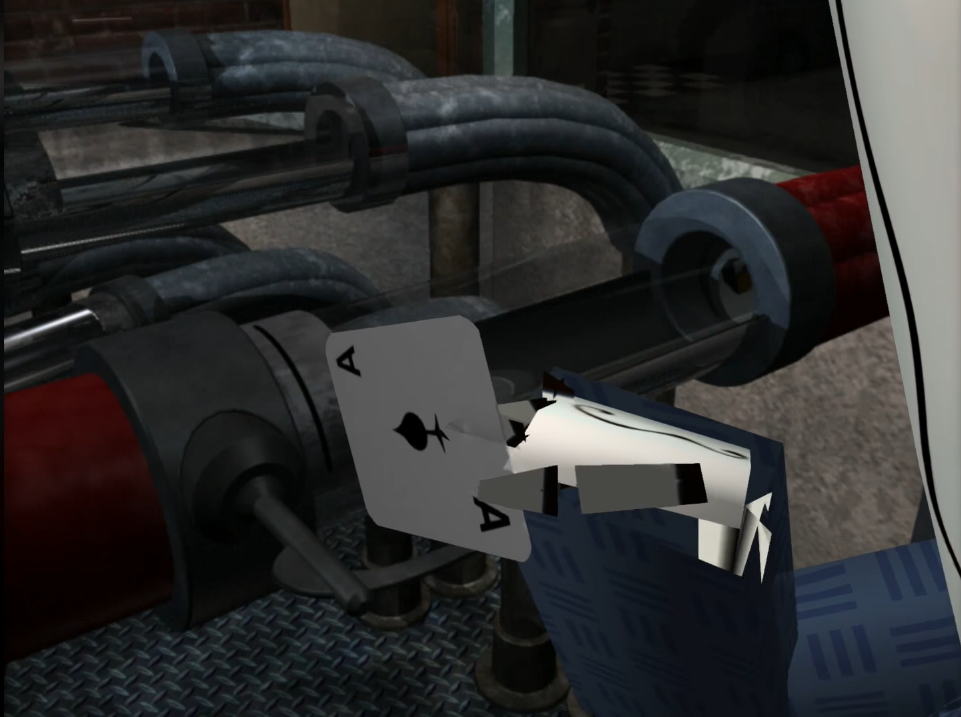
Grim Fandango
Rule three: remember the feedback
The puzzle should help you solve yourself and let you know if you are moving in the right direction. And if not, return to the right path.
When you do something that seems logical, it really pisses you off if you hear: “Nah, that won’t do” or “I don’t want to do that.” It is better to explain to the player exactly what he is doing wrong, and if possible give a small hint that will point in the right direction.
If you follow these three rules, you will end up with a good puzzle. One where the player knows what to do and how to solve it. Which helps to find the right answer. The kind that you look at and think: “Damn, I should have guessed!”, and not “Are you kidding me?!”. One where everything is fair, where you don’t have to dig through the web to find the right answer.
But in order to make a great puzzle out of a good one, you will have to apply imagination.
To understand how this is done, play the remaster of The Day of the Tentacle and solve all those clever puzzles involving three main characters scattered over a period of 400 years.

Remaster of Day of the Tentacle
The Day of the Tentacle, of course, is not perfect. The game requires real knowledge, which some players may not have, there is pixel-hunting in it, and if you do not listen carefully to what the characters say, you will miss the hints – and they can not always be obtained a second time.
But if LucasArts had released this (or any) game these days, it would have found ways to fix the flaws. In many modern games, interactive objects are highlighted – to avoid pixel-hunting. In early Telltale projects, characters share hints if they haven’t solved the riddle in a certain amount of time. In the noir sky-fi game Gemini Rue, some puzzles can be solved in different ways. And in the cybernetic odyssey of Machinarium, there is a chance to get a clue if you win a mini-game.
Some believe that the genre is dying because of stupid puzzles. Others are sure that it’s his inability to develop. With the advent of 3D graphics, games have only become more ridiculous, and additional mechanics were rarely in place. According to critics, this genre is simply hopelessly outdated.
But I think there is room for innovation here. There is a reason to return to the genre.
For example, the Wadjet Eye studio, which revives such games, has a Resonanse project, where the character’s memories turn into game tools. And in the Techobabylon game, you can talk to electrical appliances when you fall into a cyber trance.
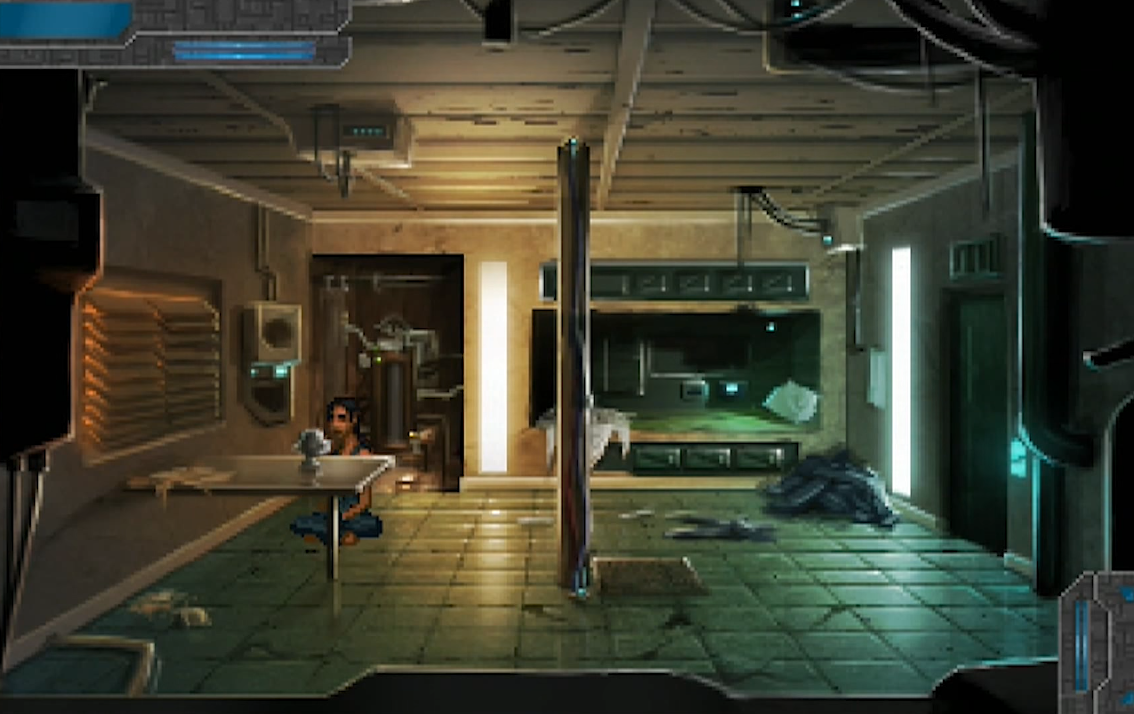
Techobabylon
And even before the genre was declared dead, in games like The Last Express, events took place in real time, and Blade Runner was interesting to replay many times, because the replicant characters were randomly selected before the start of the game.
So the genre has a lot to develop, and I hope that it will survive. But he really needs a more thoughtful and player–oriented design – to get rid of accusations of absurdity. And without that, he may never come back. Which would be a shame.
